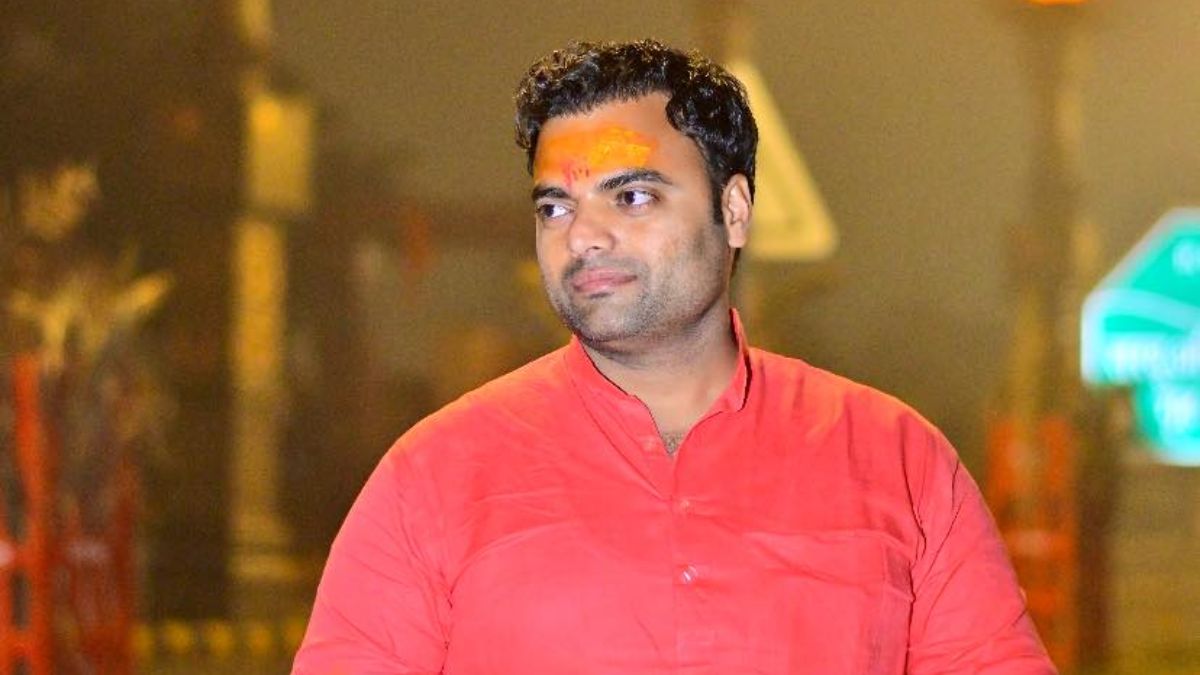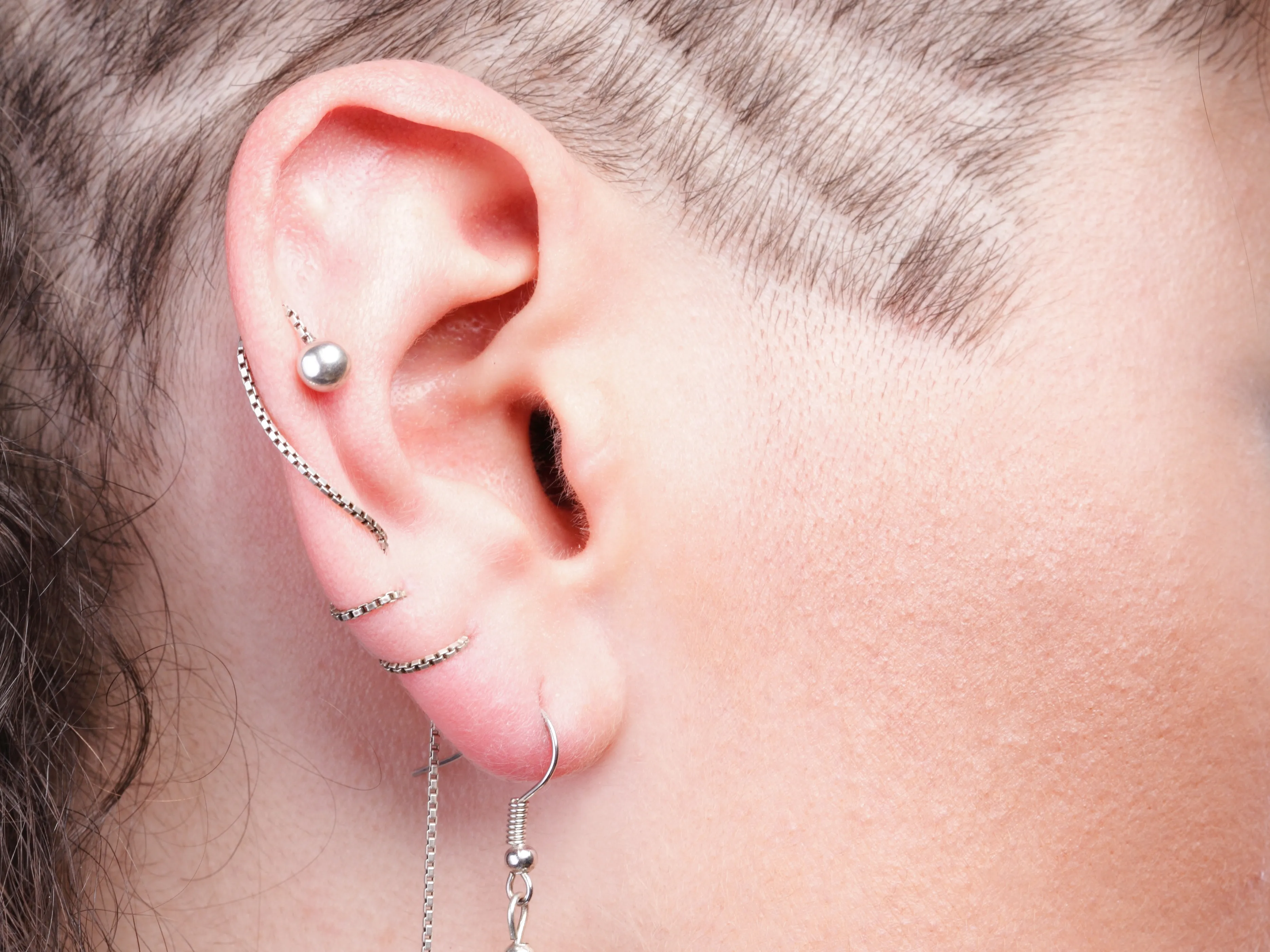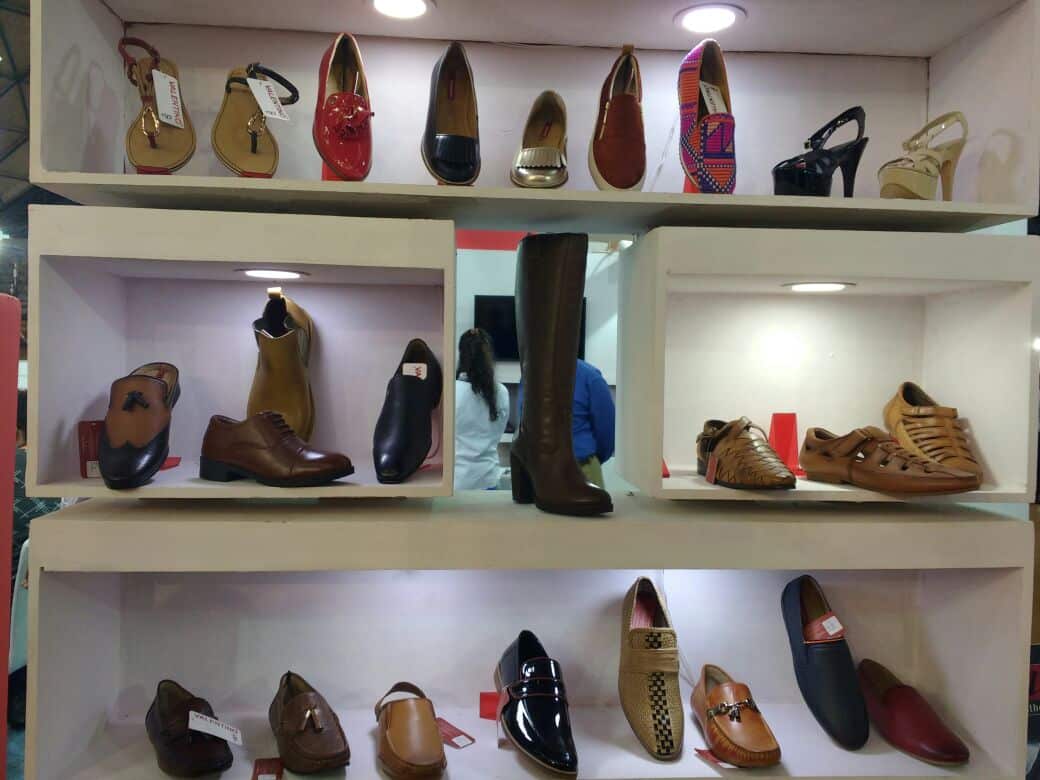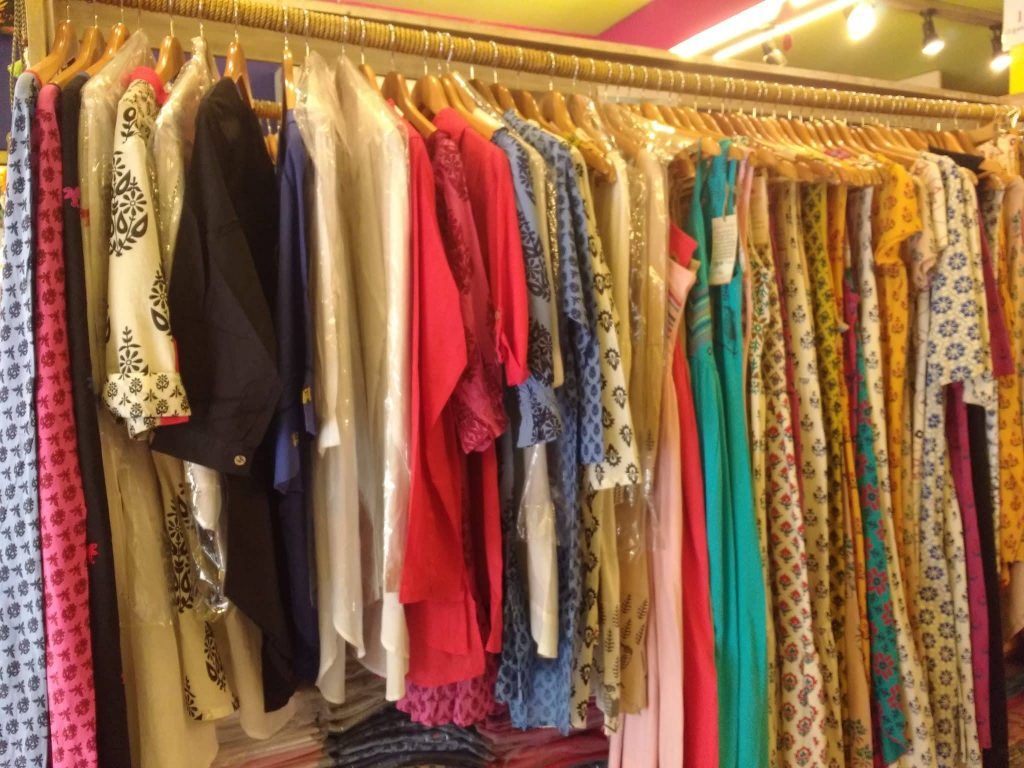Earrings have a long and varied history that crosses cultures, eras, and fashion movements. They are small but significant decorations that adorn our ears. Earrings have been used as decorative items since ancient civilizations as well as markers of social position, cultural identity, and self-expression in current times. The earring fads that have come and gone throughout history are proof of how quickly fashion changes and how much people like to accessorize in order to express themselves.
Table of Contents
Origins and Symbolism from Antiquity
Ancient civilizations like the Sumerians, Egyptians, Greeks, and Romans may have worn earrings, according to archeological evidence that stretches back thousands of years. Earrings had different symbolic implications in these societies and were frequently worn by both men and women. For instance, earrings were a symbol of wealth and spirituality in ancient Egypt, and pharaohs and nobility adorned themselves with elaborate designs that frequently included priceless diamonds.
Renaissance and the Middle Ages: A Shift in Trends
The style of earrings changed as the Middle Ages got closer. Men’s earrings started to lose popularity while women’s earrings continued to be widely worn during this time, making earrings increasingly gender-specific. Expensive jewelry styles, such as earrings decorated with pearls, gemstones, and delicate metalwork, experienced a rebirth during the Renaissance. However, as the ages went on, shifting social mores and religious convictions caused earring popularity to fluctuate.
The Victorian Era: Sentimentality and Self-Expression
Earring fashion took on a new dimension throughout the Victorian era. At this time, earrings frequently had sentimental value because they had lockets or tiny pictures of loved ones. Darker jewels like a jet and black onyx were used in earrings because Queen Victoria herself preferred mourning jewelry. With the rise of industrialization, mass production methods opened up earrings to a wider audience.
From the Jazz Age of the 1960s to the Roaring 20s
As society transitioned to more daring and experimental fashion in the early 20th century, there were considerable changes in the earring trend. Art Deco designs, which are distinguished by geometric shapes and vivid colors, became more popular throughout the Roaring Twenties. The length, ostentation, and popular culture influence of earrings increased.
Earring fashion underwent a transformation in the 1960s, reflecting the time’s cultural and social upheaval. The psychedelic and bohemian fashion trends of the time had an impact on the popularity of large, statement earrings in brilliant colors and odd materials.
90s Minimalist & 80s Excess
Earrings fit the decade’s theme of extravagance, which pervaded the whole 1980s. Huge hoops, asymmetrical patterns, and neon hues came to represent this era’s daring fashion choices. This was also the era of Madonna’s distinctive cross-shaped earrings and the multi-piercing craze.
In contrast to the excess of the 1980s, minimalist aesthetics became popular in the 1990s. The focus was on tiny studs, hoops, and subtle patterns. This change was consistent with the decade’s alternative and grunge fashion tendencies.
Modern Resurgence and Reminiscence
It’s not surprising that vintage earring trends have returned in recent years, given the cyclical nature of fashion. Victorian, Art Deco, and even 1980s-era styles with retro influences have made a comeback in modern clothing. Since they have remained fashionable throughout history, hoops earrings are currently offered in a range of sizes and materials.
Furthermore, ethical and environmental methods have affected current earring fashion. Customers are drawn to products made of materials that are ethically produced and encourage craftsmen to make one-of-a-kind, handcrafted items. This change is in line with a more general trend toward mindful consumption and a preference for goods having a meaningful narrative.
Conclusion
The historical development of earring styles demonstrates the complex interrelationships between fashion, culture, and self-expression. Earrings have endured through the ages as a crucial component of human adornment, serving as status symbols in antiquity and outlets for modern personal flair and innovation. One can only speculate about the earring trends that will attract our attention in the upcoming years as fashion develops and about the historical details that will be updated to appeal to contemporary tastes.












